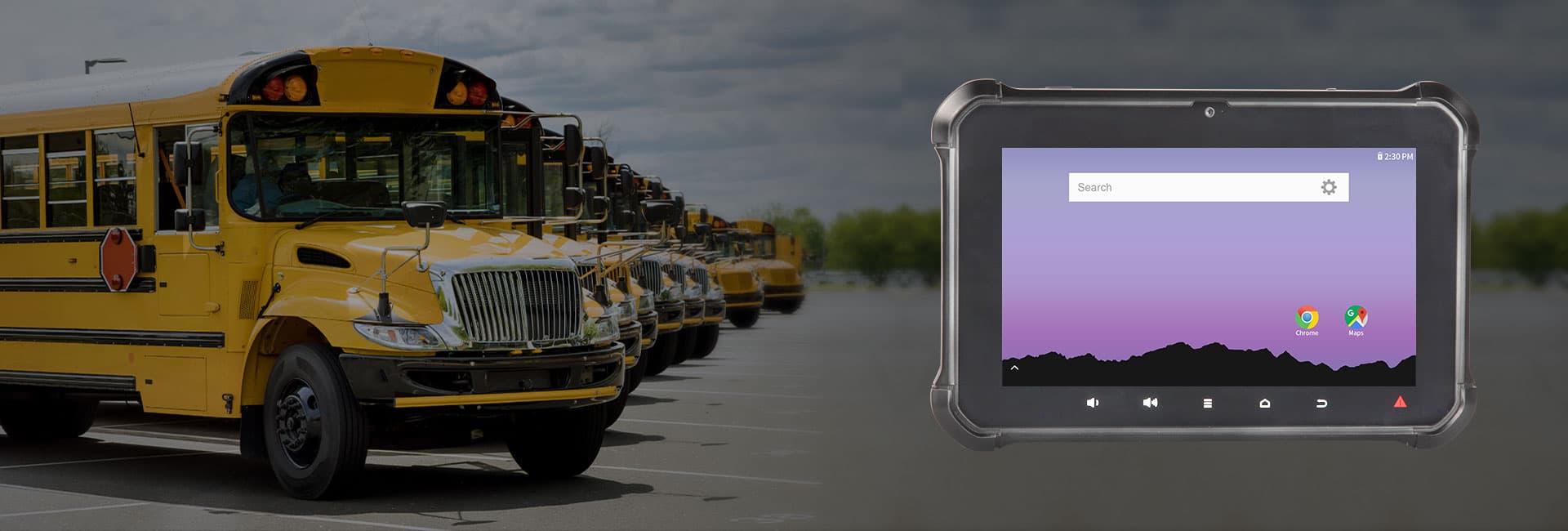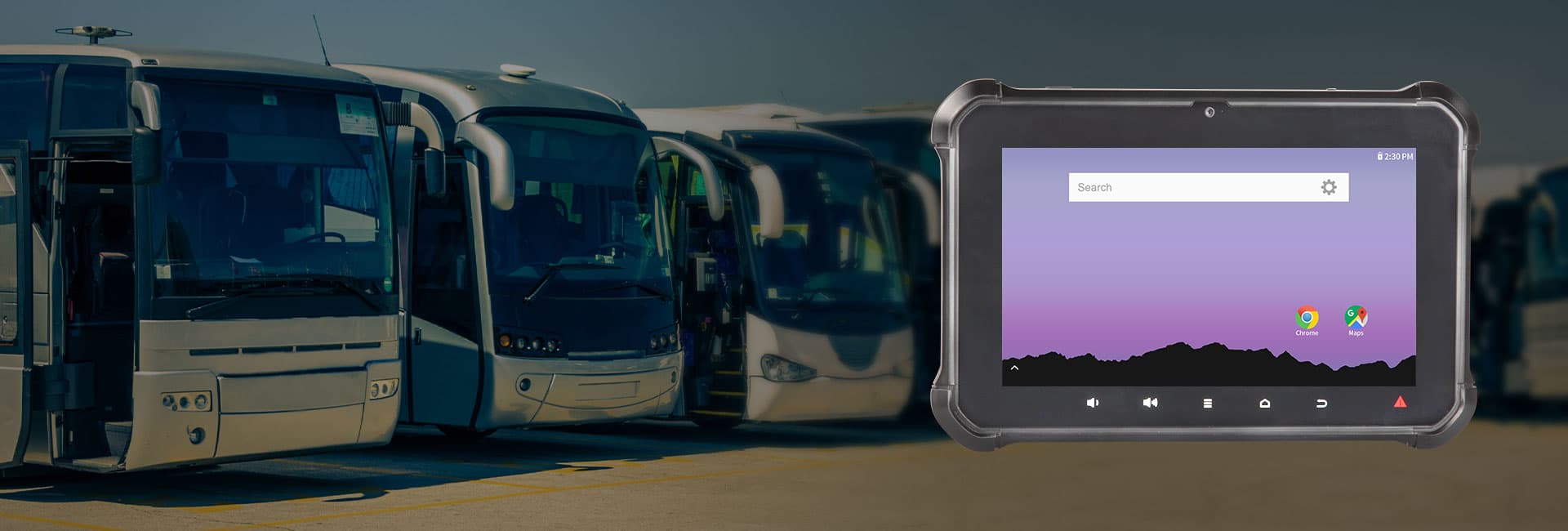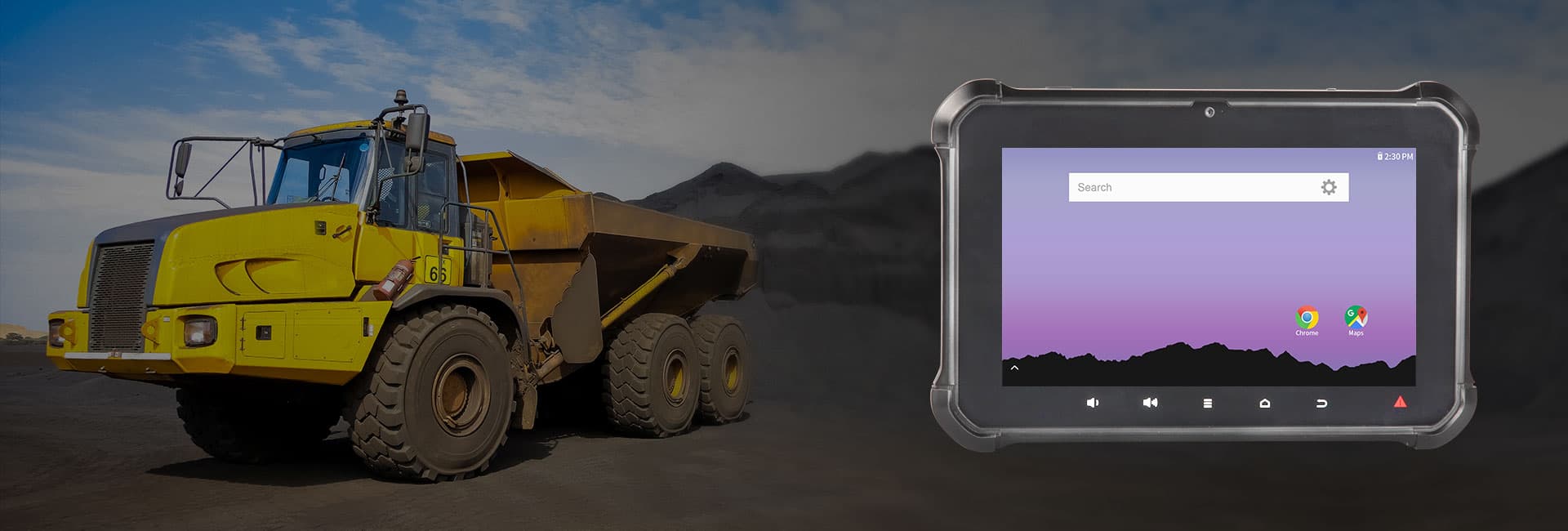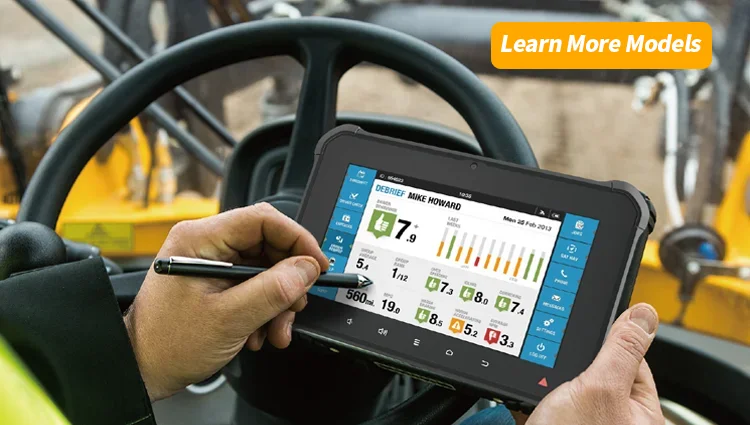Home > Blog > How to Choose the Best Rugged Android Tablet for Tough Environments
How to Choose the Best Rugged Android Tablet for Tough Environments
Time: 2025-05-29 Editor: Hitekon Rugged Vehicle Tablet Rugged Vehicle Tablet Manufacturer
Rugged Android tablets are built to withstand harsh conditions while delivering the versatility of the Android operating system. Whether you’re working in construction, logistics, field service, or outdoor adventures, these devices offer durability, functionality, and portability. This article dives into everything you need to know about rugged Android tablets, from key features to practical use cases, to help you select the perfect device for your needs. It’s written with real-world insights, backed by data, and designed to address what users are searching for when exploring “rugged tablet Android” and related terms.
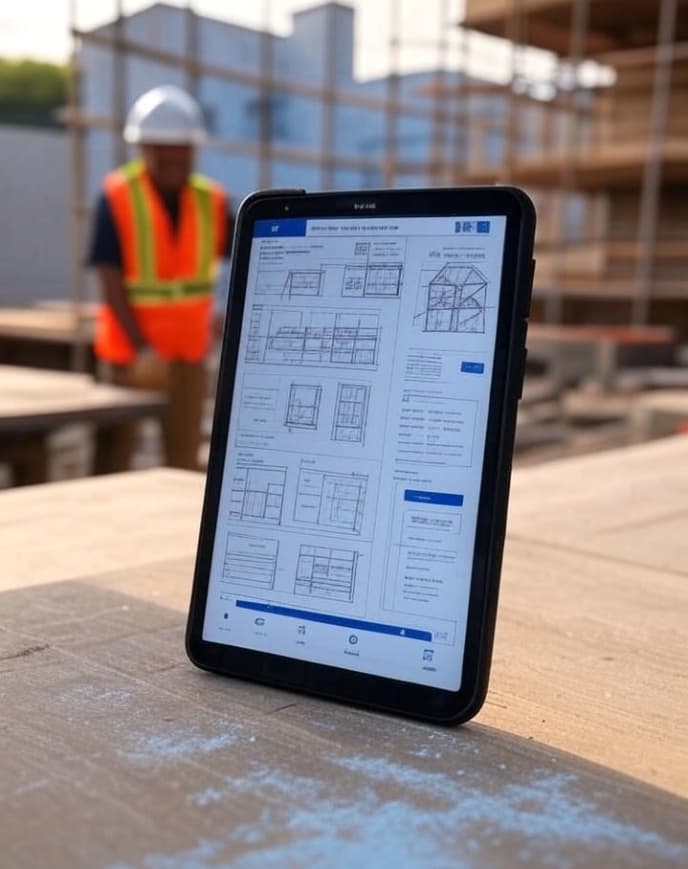
Why Choose a Rugged Android Tablet?
Rugged Android tablets combine the flexibility of Android’s app ecosystem with hardware tough enough for extreme environments. Unlike standard tablets, rugged models are engineered to resist dust, water, drops, and temperature extremes. They’re ideal for professionals in industries like manufacturing, warehousing, or emergency services, as well as outdoor enthusiasts needing reliable tech in the wild.
According to a 2023 report by Statista, the global rugged device market is projected to grow at a CAGR of 6.2% through 2028, driven by demand in industrial and field operations. This growth reflects the increasing need for devices that can handle tough conditions without sacrificing performance.
What Makes a Tablet “Rugged”?
A rugged tablet is defined by its ability to endure environmental challenges. Key certifications include:
- IP Rating: Measures resistance to dust and water. For example, IP68 means complete dust protection and submersion in water up to 1.5 meters for 30 minutes.
- MIL-STD-810G/H: A military standard for durability, testing devices against drops, shocks, vibrations, and extreme temperatures.
- Drop Resistance: Most rugged tablets can survive drops from 4-6 feet onto hard surfaces.
These features ensure the device remains functional in rain, dust storms, or freezing conditions, unlike consumer-grade tablets like the Samsung Galaxy Tab or iPad.
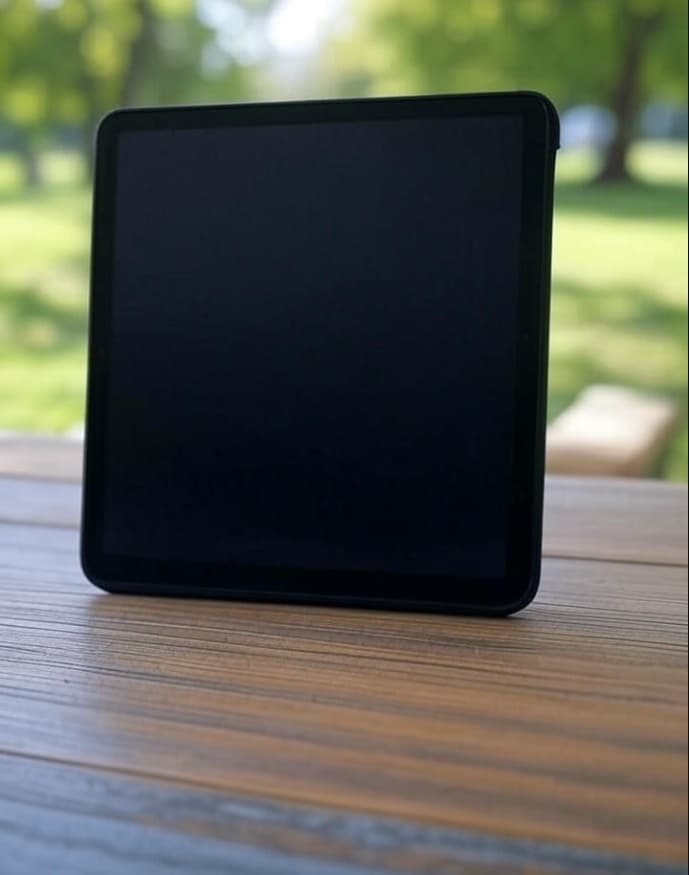
Key Features to Look for in a Rugged Android Tablet
When searching for a rugged Android tablet, focus on specifications that match your environment and tasks. Here’s what to prioritize:
1. Durability and Build Quality
Look for IP65 or higher ratings and MIL-STD-810G/H certification. Tablets like the Samsung Galaxy Tab Active5 or Getac ZX10 are built with reinforced frames and Gorilla Glass to resist cracks. Ensure the tablet can handle your specific conditions, such as extreme heat for desert fieldwork or cold for warehouse operations.
2. Battery Life
Fieldwork often means long hours without access to charging. Opt for a tablet with at least 8,000 mAh battery capacity, offering 10-12 hours of use. Hot-swappable batteries, available on models like the Panasonic Toughbook, allow uninterrupted operation by swapping batteries without powering down.
3. Performance and Processing Power
Android tablets typically use Qualcomm Snapdragon or MediaTek processors. For multitasking or running demanding apps like CAD software or GPS mapping, choose a tablet with at least 6GB RAM and a mid-to-high-tier processor (e.g., Snapdragon 695 or better). Storage of 128GB or more is ideal for offline data or large files.
4. Display and Visibility
Outdoor readability is critical. Look for displays with 500 nits or higher brightness and anti-glare coatings. The Zebra ET80/85 offers a 12-inch screen with 800 nits, perfect for sunlight visibility. Touchscreens should support wet-finger or glove operation for usability in rain or with protective gear.
5. Connectivity Options
Reliable connectivity is non-negotiable for remote work. Ensure the tablet supports 4G/5G, Wi-Fi 6, and Bluetooth 5.0. GPS is essential for navigation in logistics or surveying. Some models, like the Dell Latitude 7030 Rugged Extreme, include dedicated GPS chips for pinpoint accuracy.
6. Software and App Compatibility
Android’s open ecosystem supports a wide range of apps, from Microsoft Office to specialized software for inventory or field mapping. Ensure the tablet runs a recent Android version (12 or higher) for security updates and app compatibility. Check if the manufacturer offers long-term software support, as some rugged devices lag behind consumer models.
7. Accessories and Customization
Rugged tablets often come with accessories like barcode scanners, vehicle mounts, or detachable keyboards. For example, the Honeywell RT10A integrates with warehouse management systems via built-in scanners. Consider your workflow and whether add-ons like stylus pens or docking stations are necessary.
Top Use Cases for Rugged Android Tablets
Rugged Android tablets shine in scenarios where standard devices fail. Here are real-world applications based on industry needs:
- Construction and Engineering: Tablets are used for blueprint viewing, project management, and real-time data logging. The Samsung Galaxy Tab Active5 handles dust and vibration on construction sites while running apps like AutoCAD.
- Logistics and Warehousing: Barcode scanning and inventory tracking are streamlined with devices like the Zebra ET80/85, which integrates with warehouse software and withstands forklift vibrations.
- Field Services: Technicians use tablets for diagnostics, repair manuals, and customer signatures. The Getac ZX10 offers glove-touch support and long battery life for all-day fieldwork.
- Outdoor Recreation: Hikers and surveyors rely on GPS-enabled tablets like the Panasonic Toughbook for navigation in remote areas without cellular service.
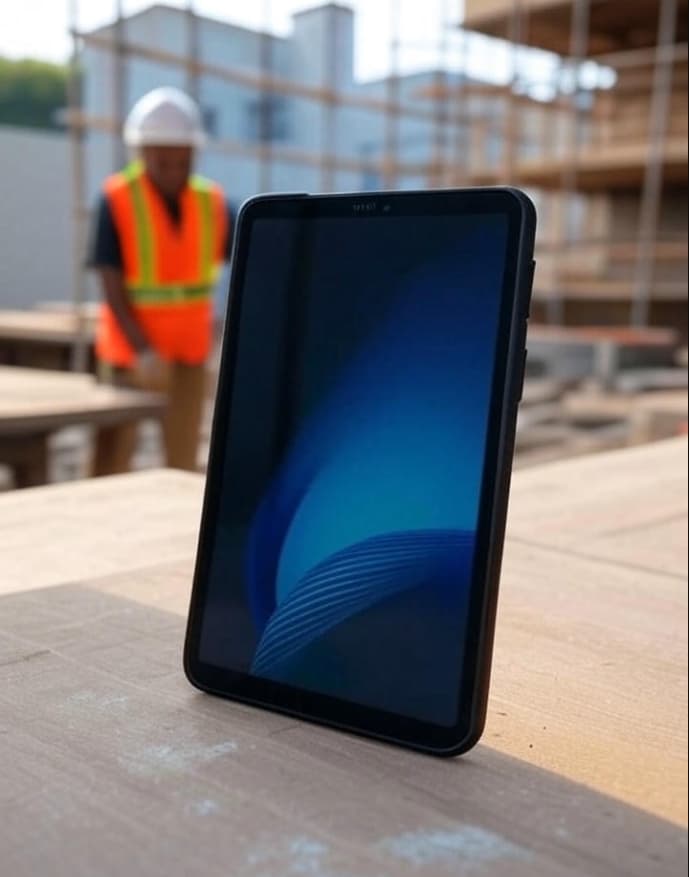
Comparing Top Rugged Android Tablets in 2025
Based on market research and user reviews, here are three top rugged Android tablets for 2025, addressing different budgets and needs:
- Samsung Galaxy Tab Active5
- Price: ~$550
- Specs: 8-inch display, 5050 mAh battery, Snapdragon 5G processor, IP68, MIL-STD-810H
- Pros: Lightweight, S Pen support, 5G connectivity
- Cons: Smaller screen size, limited storage (64GB base)
- Best for: Field technicians needing portability and stylus input
- Getac ZX10
- Price: ~$1,200
- Specs: 10.1-inch display, 9,950 mAh battery, Snapdragon 660, IP66, MIL-STD-810H
- Pros: Hot-swappable battery, high brightness (800 nits)
- Cons: Higher price point
- Best for: Industrial environments with long shifts
- Zebra ET80/85
- Price: ~$2,000
- Specs: 12-inch display, 5,180 mAh battery, Snapdragon SM6350, IP65, MIL-STD-810H
- Pros: Large display, barcode scanner integration
- Cons: Expensive, heavier build
- Best for: Warehousing and logistics
Note: Prices are approximate and vary by region and configuration.
People Also Ask
What is the difference between a rugged tablet and a regular tablet?
Rugged tablets are designed for extreme conditions with IP65+ ratings, MIL-STD-810G/H certification, and reinforced builds. Regular tablets, like the Google Pixel Tablet, prioritize aesthetics and lightweight design but lack durability for harsh environments.
Are rugged Android tablets waterproof?
Most rugged Android tablets are water-resistant, typically with IP65 or IP68 ratings. For example, the Samsung Galaxy Tab Active5 can be submerged in 1.5 meters of water for 30 minutes, making it suitable for rainy fieldwork.
Can rugged tablets run all Android apps?
Yes, most rugged tablets run standard Android OS, supporting apps from the Google Play Store. However, check the Android version and processor to ensure compatibility with resource-heavy apps like GIS software.
How long do rugged tablets last?
With proper care, rugged tablets can last 3-5 years in tough environments. Manufacturers like Getac and Panasonic offer extended warranties and software updates, prolonging device lifespan.
Are rugged tablets worth the investment?
For professionals in demanding industries, rugged tablets reduce downtime and repair costs. A 2022 study by VDC Research found that rugged devices lower total cost of ownership by 15% compared to consumer tablets in industrial settings.
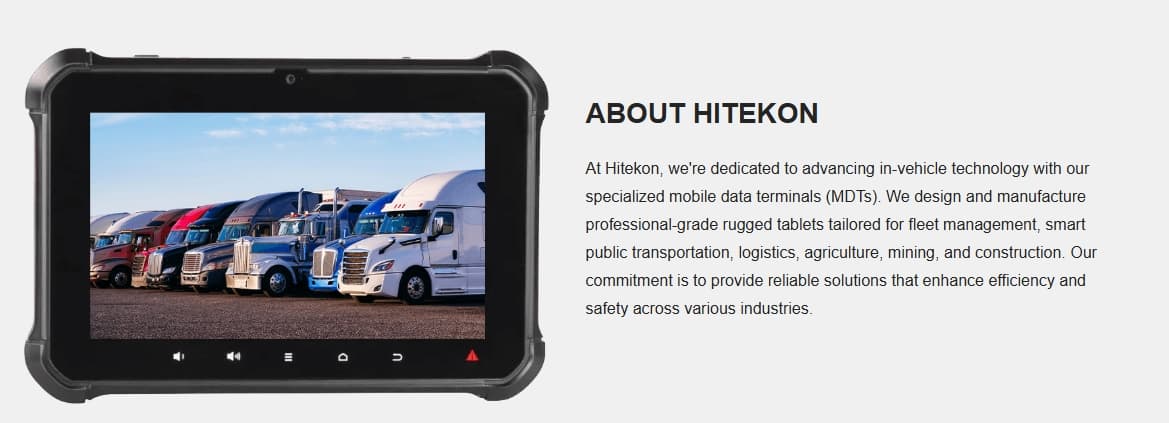
Tips for Optimizing Your Rugged Tablet Experience
To get the most out of your rugged Android tablet:
- Update Regularly: Keep the Android OS and apps updated for security and performance. Manufacturers like Samsung offer 4-5 years of updates for rugged models.
- Use Protective Accessories: Invest in rugged cases or screen protectors for extra durability, even on tough devices.
- Test in Real Conditions: Before deploying in the field, test the tablet in your work environment to ensure it meets specific needs, like GPS accuracy or sunlight readability.
- Leverage Manufacturer Support: Brands like Getac and Zebra offer dedicated support for enterprise users, including repair services and software customization.
Conclusion
Rugged Android tablets are a game-changer for professionals and adventurers needing reliable tech in tough conditions. By focusing on durability, performance, and connectivity, you can find a device that meets your specific needs, whether it’s the budget-friendly Samsung Galaxy Tab Active5 or the high-end Zebra ET80/85. Use this guide to match features to your environment, and don’t overlook software support or accessories to maximize value.
Previous: What is vehicle fleet management? How to manage a fleet of vehicles?
Next: 10 Best Tablets for Truck Drivers in 2025
Copyright © 2025.Hitekon Rugged Vehicle Tablet All rights reserved.
Public Transportation, Taxi Dispatch, Mining, Forklift Safety, Fleet Management, Precision Agriculture

